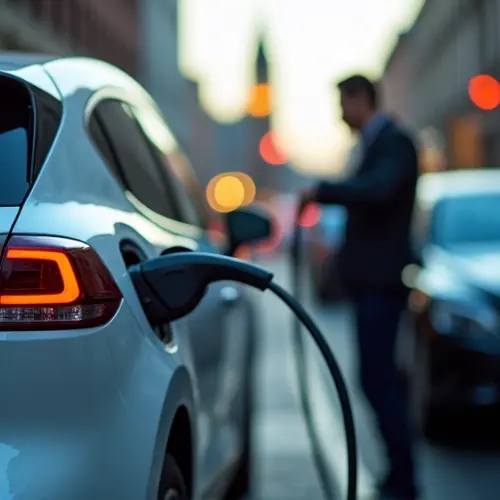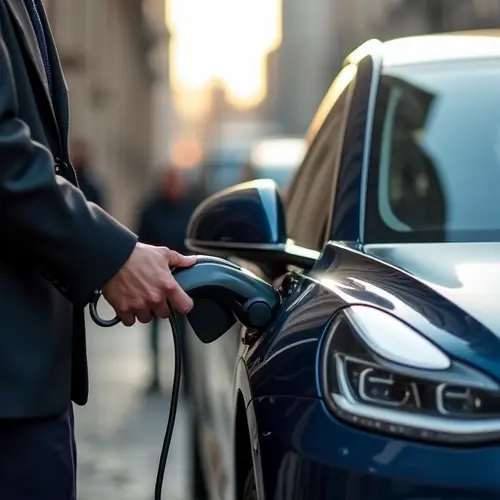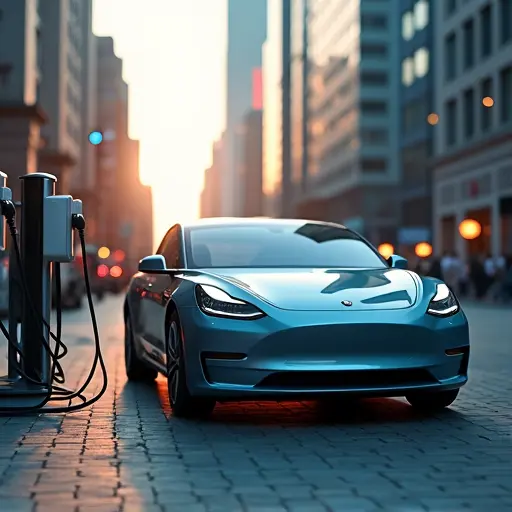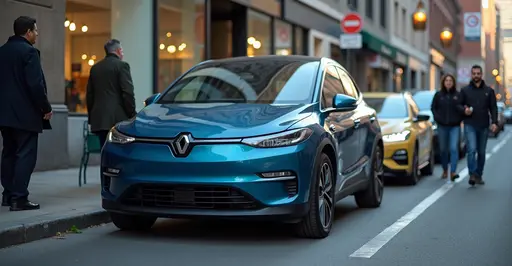Global EV incentives are shifting as subsidies end in key markets like the US and Europe while infrastructure funding increases. US tax credits expired, Europe moves to tax incentives, and China phases out subsidies as markets mature.
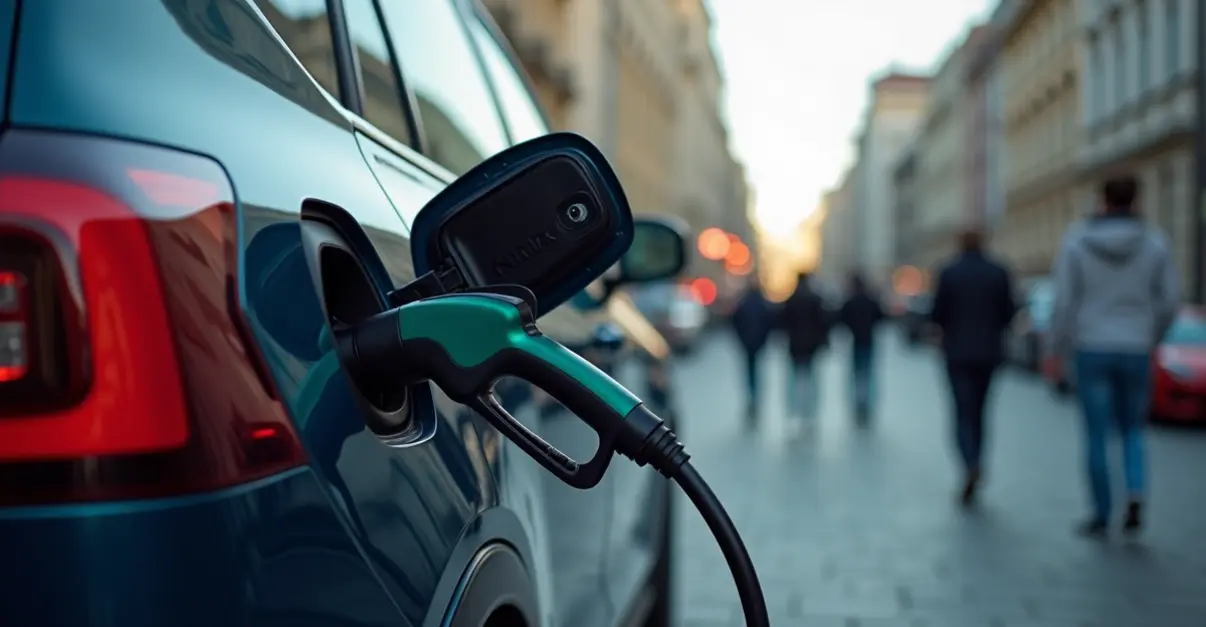
Electric Vehicle Policy Updates Transform Global Markets
The electric vehicle landscape is undergoing dramatic policy shifts worldwide as governments recalibrate incentive programs while accelerating infrastructure investments. From the expiration of key subsidies to new charging infrastructure funding, 2025 marks a pivotal year in the transition to electric transportation.
United States: Tax Credit Sunset Creates Market Uncertainty
The $7,500 federal EV tax credit officially ended in 2025, eliminating a key incentive that had been expanded under the 2022 Inflation Reduction Act. 'We're seeing exactly what happened in Germany playing out here - a boom-bust cycle that could set back EV adoption by years,' says Dr. Sarah Chen, transportation analyst at Princeton University. 'When Germany cut subsidies, EV sales dropped 50% in a single month. We could see similar declines here.'
Despite the subsidy expiration, the Biden-Harris Administration announced $635 million in grants for EV charging infrastructure through the Bipartisan Infrastructure Law. This funding will support 49 projects deploying over 11,500 EV charging ports across 27 states, four federally recognized tribes, and the District of Columbia. According to the Department of Transportation, 67% of this funding will benefit disadvantaged communities through the Justice40 Initiative.
European Union: From Subsidies to Tax Incentives
Europe's EV incentive landscape shows significant divergence, with eight countries - including Germany, Italy, and Finland - completely phasing out purchase subsidies. 'The era of direct subsidies is ending across Europe,' notes Marco Rossi, policy director at Rho Motion. 'Countries are shifting toward tax exemptions and infrastructure support as EV markets mature.'
Italy now offers the most generous incentives in Europe, providing up to €11,000 for individual EV purchases starting mid-October 2025. Poland and Greece follow closely with approximately €9,000 each, while France has reduced its EV budget from €1.5 billion to €1 billion, cutting individual subsidies from €4,000-€7,000 to €2,000-€4,000. Euronews reports that only 14 EU countries now provide charging infrastructure support, with subsidies ranging from €300 for home chargers in Ireland to €10,000 for public stations in Lithuania.
China: Phasing Out Subsidies as Market Matures
China is signaling plans to phase out direct EV subsidies by excluding them from its upcoming five-year plan, according to Reuters reporting. This represents a significant policy shift for the world's largest EV market, where government support has been crucial to industry growth.
However, China has extended its preferential purchase tax policy for new energy vehicles through 2027. The policy provides full purchase tax exemption for NEVs purchased in 2024-2025, with each passenger vehicle enjoying up to 30,000 yuan (about $4,178) in tax relief. For 2026-2027, purchase tax will be halved with up to 15,000 yuan in tax exemption per vehicle. The Ministry of Finance estimates this extension will result in 520 billion yuan in total tax exemptions and reductions.
Infrastructure Investment Becomes Priority
As direct subsidies decline, governments worldwide are prioritizing charging infrastructure development. The U.S. investment in charging infrastructure represents the largest single commitment to date, with the goal of building 500,000 publicly available EV chargers by 2030. 'The infrastructure gap remains the biggest barrier to mass EV adoption,' says Transportation Secretary Pete Buttigieg. 'These investments will ensure that no matter where you live, reliable charging will be available.'
In Europe, infrastructure support varies widely, with countries like Lithuania offering substantial grants for public charging stations while others provide minimal support. The European Commission continues to push for standardized charging networks across member states to facilitate cross-border travel.
Market Implications and Future Outlook
The policy shifts are creating uncertainty in global EV markets. 'We're at a critical inflection point,' explains Dr. Chen. 'Without subsidies, EVs remain significantly more expensive than conventional vehicles in most markets. Price parity is essential for sustained growth.'
According to Rho Motion analysis, BEVs in Europe remain 75% more expensive than internal combustion engine vehicles, highlighting the ongoing challenge of achieving cost competitiveness without government support.
The transition from subsidies to infrastructure investment reflects a maturing EV market, but experts warn that the timing of subsidy reductions could slow the pace of transportation electrification, potentially impacting climate goals in a sector responsible for nearly a quarter of global emissions.

 Nederlands
Nederlands
 English
English
 Deutsch
Deutsch
 Français
Français
 Español
Español
 Português
Português




